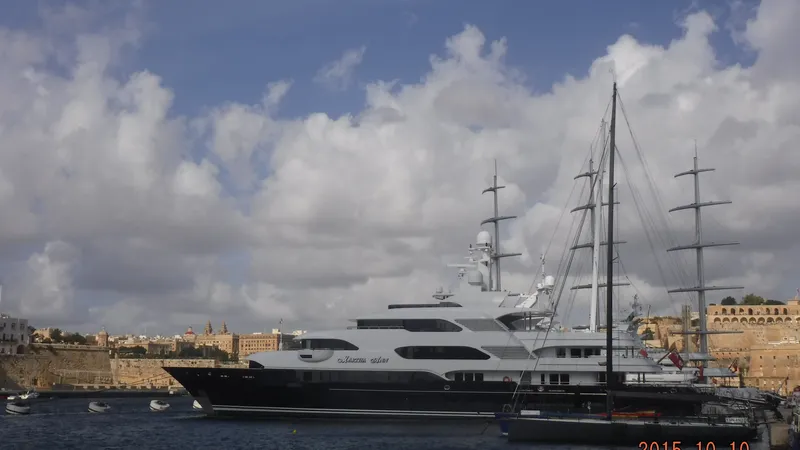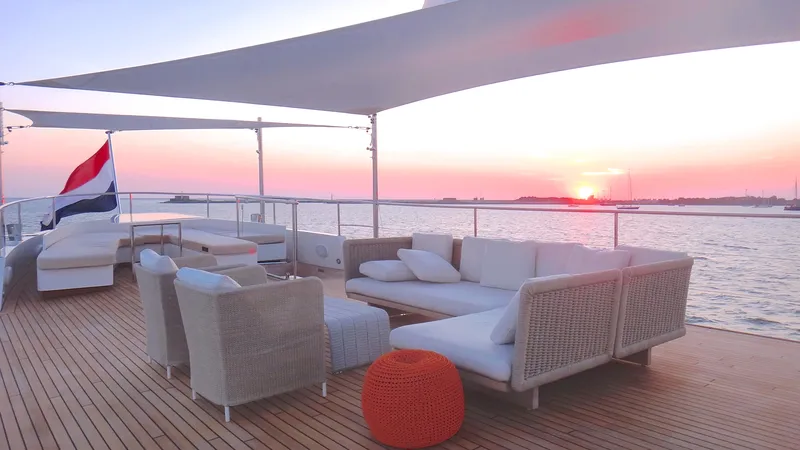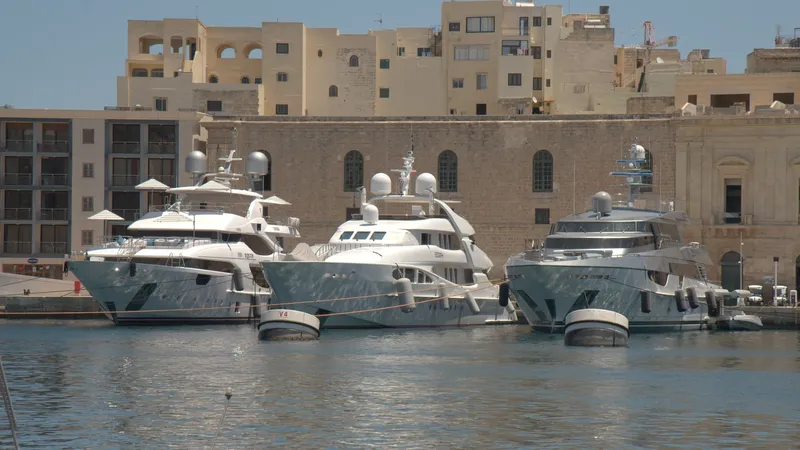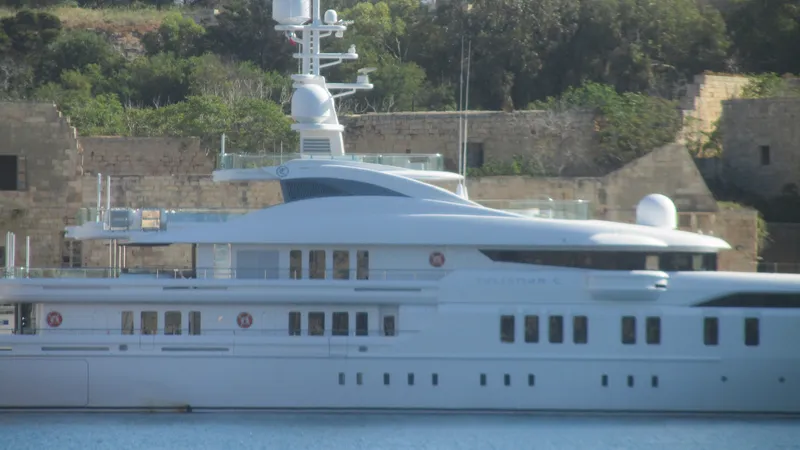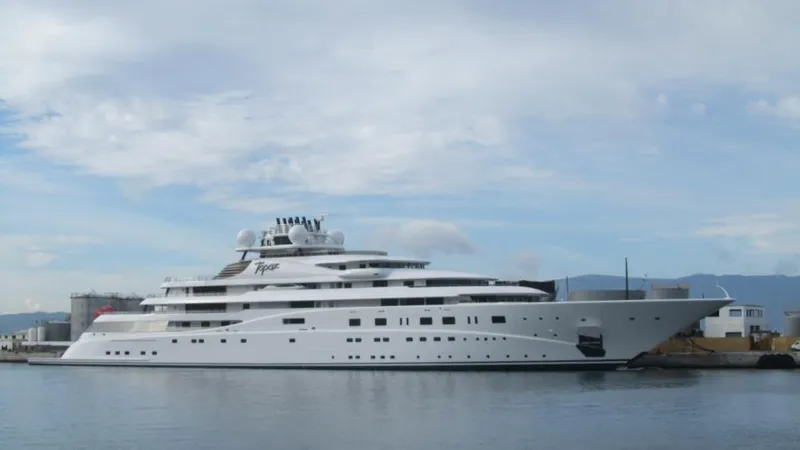Designing a superyacht
Designing a superyacht involves a collaborative process that integrates creativity, engineering expertise, naval architecture, and the unique preferences of the owner. Here are the key steps involved in designing a superyacht:
- Conceptualization and Client Consultation:
The process often begins with a conceptualization phase, where the design team works closely with the client to understand their vision, preferences, and requirements. This may involve discussions about the yacht's purpose, size, style, and intended use. - Naval Architecture:
Naval architects play a crucial role in determining the yacht's hull design, stability, and performance characteristics. They use principles of hydrodynamics and naval engineering to create a hull that meets the owner's specifications and ensures seaworthiness. - Exterior Design:
Yacht designers focus on the exterior aesthetics, creating a distinctive and visually appealing profile for the superyacht. This includes the overall shape, deck layout, superstructure design, and features such as helipads, swimming pools, and exterior lounges. - Interior Design:
Interior designers collaborate with the owner to create luxurious and personalized living spaces. This involves planning the layout, selecting materials, choosing color schemes, and designing custom furniture. Attention is given to creating a harmonious flow between different areas. - Engineering and Systems Integration:
Engineers work on integrating various systems within the yacht, including propulsion, navigation, communication, entertainment, and environmental control. This phase requires careful planning to ensure efficient and seamless operation. - Regulatory Compliance:
Designers and architects must adhere to international maritime regulations and safety standards. Compliance with these regulations is critical to obtaining the necessary certifications for the yacht. - Modeling and Visualization:
Advanced modeling techniques, including computer-aided design (CAD) and 3D visualization, are used to create detailed representations of the yacht. This allows the client to visualize the design and make informed decisions. - Prototyping and Testing:
In some cases, prototypes or scale models may be created for testing and validation purposes. This helps identify potential design flaws and allows for adjustments before the construction phase. - Yard Selection:
Once the design is finalized, the owner may choose a shipyard for construction. The shipyard's capabilities, reputation, and experience in building superyachts are crucial considerations. - Construction and Project Management:
The construction phase involves translating the design into reality. Project managers oversee the construction process, ensuring that the yacht is built to the specifications and quality standards outlined in the design. - Sea Trials:
Sea trials are conducted to test the yacht's performance, handling, and systems in real-world conditions. Any issues identified during sea trials are addressed before delivery to the owner. - Delivery and Owner Orientation:
Upon completion, the superyacht is delivered to the owner. An orientation is provided to familiarize the owner and crew with the yacht's features, systems, and maintenance requirements.
Throughout the design process, effective communication and collaboration between the owner, designers, naval architects, engineers, and shipyard professionals are crucial for the successful realization of the superyacht.

One deck layout.

General arrangement drawing by ISA Yachts.
